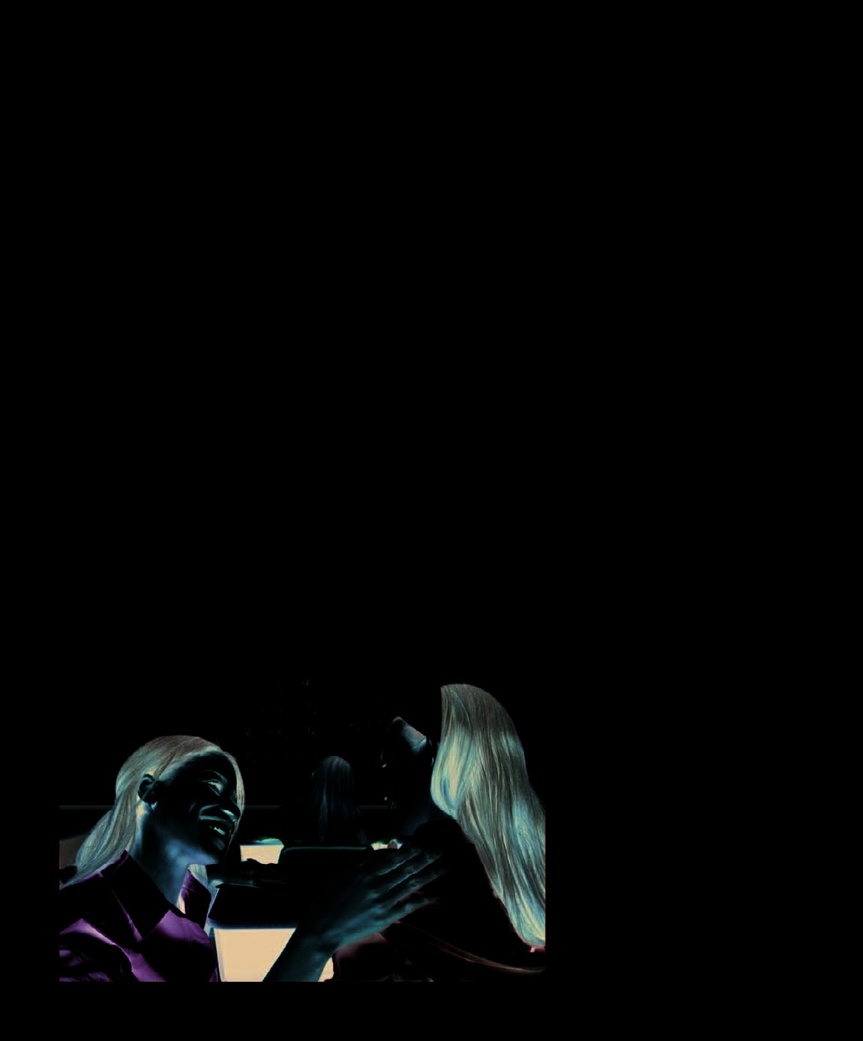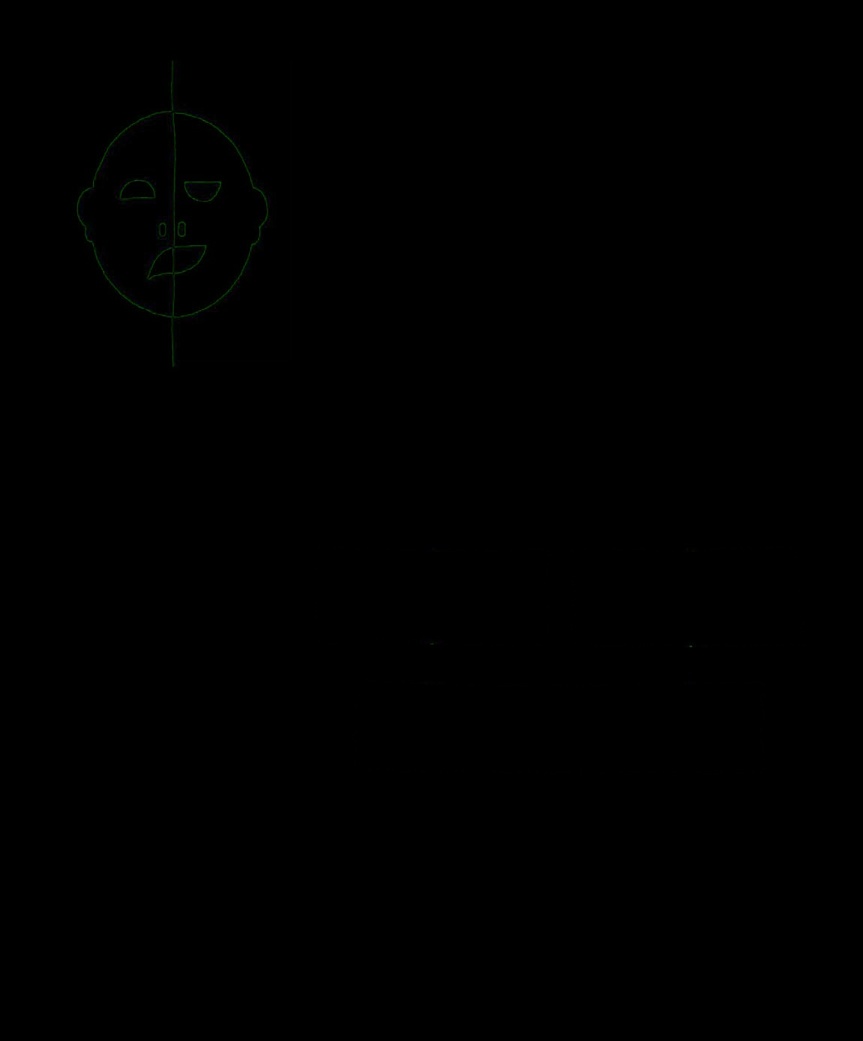The Psychology Book (27 page)
Read The Psychology Book Online
Authors: Unknown

resulted in a negative response.
operant conditioning has striking
where he continued to refine his
While still careful to avoid the
parallels with Charles Darwin’s
experimental research in operant
notions of “reward” and
theory of natural selection—in
conditioning and to explore
“punishment,” Skinner concluded
essence, that only organisms
practical applications for his ideas,
that behavior was shaped much
suited by their genetic make-up
this time using pigeons instead of
more efficiently by a program
to a particular environment will
rats. With the pigeons, Skinner
of positive reinforcement. In fact,
survive to reproduce, ensuring
found that he was able to devise
he came to believe that negative
the “success” of their species.
more subtle experiments. Using
reinforcement could even be
The likelihood of a rat behaving
what he described as a “method of
counter-productive, with the
in a way that will result in a
successive approximations,” he
subject continuing to seek positive
reinforcing stimulus, triggering
could elicit and investigate more
responses for a specific behavior,
the process of operant conditioning,
complex patterns of behavior.
despite this leading to a negative
is dependent on the level of its
Skinner gave the pigeons
response in the majority of cases.
curiosity and intelligence, both of
positive reinforcement for any
This has implications in various
which are determined by genetic
behavior that was similar to that he
areas of human behavior too; for
make-up. It was this combination
was trying to elicit. For example, if
example, in the use of disciplinary
of predisposition and conditioning
he was trying to train a pigeon to
measures to teach children. If a
that led Skinner to conclude that
fly in a circle clockwise, food would
boy is continually being punished
“a person’s behavior is controlled by
be given for any movement the
for something he finds enjoyable,
his genetic and environmental
pigeon made to the right, however
such as picking his nose, he is
histories”—an idea that he explored
small. Once this behavior had ❯❯

84 B.F. SKINNER
been established, the food was only
the end. Although it only achieved
given for longer flights to the right,
limited approval at the time, the
and the process was repeated until
principles embodied in Skinner’s
the pigeon had to fly a full circle in
teaching machine resurfaced
order to receive some food.
decades later in self-education
computer programs.
The objection to inner
Teaching program
It has to be said that many of
states is not that they do
Skinner’s research led him to
Skinner’s inventions were
not exist, but that they are
question teaching methods used
misunderstood at the time, and
not relevant in a
in schools. In the 1950s, when his
gained him a reputation as an
functional analysis.
own children were involved in
eccentric. His “baby tender,”
B.F. Skinner
formal education, students were
for example, was designed as a
often given long tasks that involved
crib alternative to keep his infant
several stages, and usually had to
daughter in a controlled, warm, and
wait until the teacher had graded
draft-free environment. However,
work carried out over the entire
the public confused it with a
project before finding out how well
Skinner box, and it was dubbed
they had done. This approach ran
the “heir conditioner” by the press,
contrary to Skinner’s findings about
amid rumors that Skinner was
guidance systems were yet to be
the process of learning and, in his
experimenting on his own children.
invented, so Skinner devised a nose
opinion, was holding back progress.
Nevertheless, the baby tender
cone that could be attached to a
In response, Skinner developed a
attracted publicity, and Skinner
bomb and steered by three pigeons
teaching program that gave
was never shy of the limelight.
placed inside it. The birds had been
incremental feedback at every
trained, using operant conditioning,
stage of a project—a process that
War effort
to peck at an image of the bomb’s
was later incorporated into a
Yet another famous experiment
target, which was projected into
number of educational systems. He
called “Project Pigeon” was met
the nose cone via a lens at the front.
also invented a “teaching machine”
with skepticism and some derision.
This pecking controlled the flight-
that gave a student encouraging
This practical application of
path of the missile. The National
feedback for correct answers given
Skinner’s work with pigeons was
Defense Research Committee
at every stage of a long series of
intended as a serious contribution
helped fund the project, but it was
test questions, rather than just at
to the war effort in 1944. Missile
never used in combat, because it
was considered too eccentric and
impractical. The suspicion was
that Skinner, with his passion for
gadgets, was more interested in the
invention than in its application.
When asked if he thought it right
to involve animals in warfare, he
replied that he thought it was
wrong to involve humans.
In later life as an academic at
Harvard, Skinner also expanded
on the implications of his findings
in numerous articles and books.
Praise or encouragement
given at
frequent intervals during the progress
of a piece of work, rather than one large
reward at the end, has been shown to
boost the rate at which children learn.

BEHAVIORISM 85
Walden Two
(1948) describes a
falls from heaven, he ends in hell.
utopian society based on behavior
And what does he say to reassure
learned with operant conditioning.
himself? ‘Here, at least, we shall
The book’s vision of social control
be free.’ And that, I think, is the
achieved by positive reinforcement
fate of the old-fashioned liberal.
caused controversy, and despite
He’s going to be free, but he’s
Skinner has an
its benign intent was criticized by
going to find himself in hell.”
unbounded love for the
many as totalitarian. This was not
Views such as these gained
idea that there are no
a surprising reaction, given the
him notoriety, and prompted some
individuals, no agents—
political climate in the aftermath
of his fiercest critics. In particular,
there are only organisms.
of World War II.
the application of his behaviorist
Thomas Szasz
ideas to the learning of language
Radical behaviorism
in
Verbal Behavior
in 1957 received
Skinner remained true to his
a scathing review from Noam
behaviorist approach, coining
Chomsky, which is often credited
the term “radical behaviorism”
as launching the movement known
for the branch of psychology he
as cognitive psychology.
espoused. Although he did not
Some criticism of Skinner’s
deny the existence of thought
work, however, has been based on
was a two-way process, in which
processes and mental states, he
misunderstanding the principles
an organism operates on its
believed that psychology should
of operant conditioning. Radical
environment and that environment
be concerned solely with the study
behaviorism has often been
responds, with the consequence
of physical responses to prevailing
linked erroneously to the European
often shaping future behavior.
conditions or situations.
philosophical movement of logical
In the 1960s, the focus in
In his book,
Beyond Freedom
positivism, which holds the view
psychology swung away from
and Dignity
, Skinner took the
that statements or ideas are only
the study of behavior to the
concept of shaping behavior
meaningful if they can be verified
study of mental processes, and
even further, resurrecting the
by actual experience. But it has in
for a time Skinner’s ideas were
philosophical debate between
fact much more in common with
discredited, or at least ignored.
free will and determinism. For the
American pragmatism, which
A reappraisal of behaviorism soon
radical behaviorist Skinner, free
measures the importance or value
followed, however, and his work
will is an illusion; selection by
of actions according to their
found an appreciative audience in
consequences controls all of our
consequences. It has also been
many areas of applied psychology,
behavior, and hence our lives.
misinterpreted as presenting all
especially among educationalists
Attempts to escape this notion
living beings as the passive
and clinical psychologists—the
are doomed to failure and chaos.
subjects of conditioning, whereas
approach of cognitive behavioral
As he put it: “When Milton’s Satan
to Skinner operant conditioning
therapy owes much to his ideas. ■
Classical conditioning
creates an
automatic behavioral response to a
+
=
neutral stimulus, such as salivating in
expectation of food when a bell is rung.
Operant conditioning
creates a
higher probability of repeated behavior
+
=
through positive reinforcement, such as
releasing food by pulling a lever.

86
STOP IMAGINING
THE SCENE
